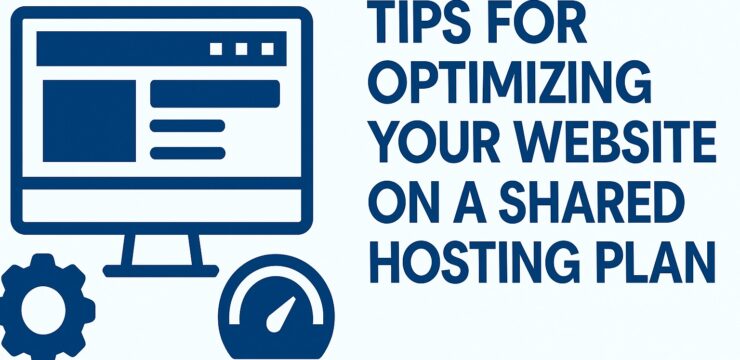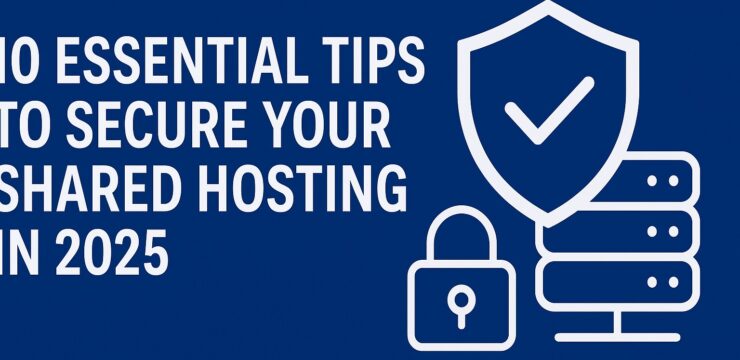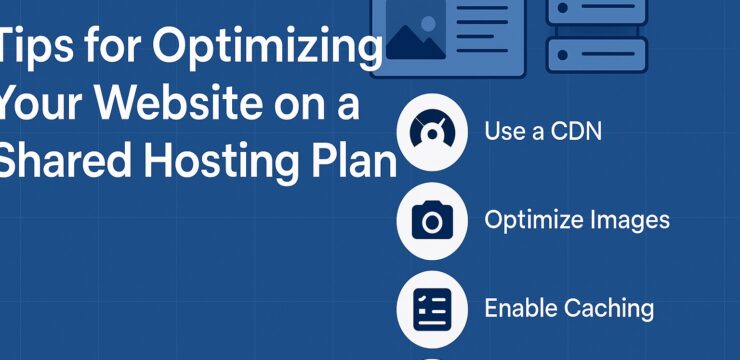 When you first start building a WordPress website, one of the most affordable and accessible options is shared web hosting. It’s a common solution offered by many hosting providers, including names like Bluehost, Hostinger, SiteGround, and DreamHost. But what exactly does “shared” mean? In a shared hosting environment, your website lives on a server alongside dozens—or even hundreds—of other websites. These websites share the server’s resources, including RAM, CPU, storage, and bandwidth. While this setup helps keep costs low, it also raises important considerations about performance, security, and scalability.
When you first start building a WordPress website, one of the most affordable and accessible options is shared web hosting. It’s a common solution offered by many hosting providers, including names like Bluehost, Hostinger, SiteGround, and DreamHost. But what exactly does “shared” mean? In a shared hosting environment, your website lives on a server alongside dozens—or even hundreds—of other websites. These websites share the server’s resources, including RAM, CPU, storage, and bandwidth. While this setup helps keep costs low, it also raises important considerations about performance, security, and scalability.
The Benefits of Shared Hosting: Why It’s So Popular
The primary advantage of shared WordPress hosting is affordability. With plans as low as a few dollars per month, it’s the go-to choice for beginners, bloggers, freelancers, and small businesses. Most shared hosting plans are bundled with user-friendly dashboards, one-click WordPress installs, free SSL certificates, email accounts, and even automatic backups. This makes it ideal for people who want to get their site online quickly without needing technical expertise. Additionally, many shared hosting providers offer managed WordPress features like auto-updates, plugin compatibility checks, and performance caching, which add even more value for non-technical users.
The Downsides You’re Rarely Told
Despite its benefits, shared hosting is not without limitations. Since your site is sharing the same server with other websites, there’s a real risk of a “bad neighbor” effect. If another site on the same server experiences a traffic spike, gets hacked, or consumes too many resources, it can slow down your site or even cause temporary outages. Shared hosting environments often come with strict usage limits, and if your site exceeds them—through high traffic, resource-heavy plugins, or large file uploads—it may be throttled or temporarily suspended. Moreover, because server access is limited in shared hosting, you have less control over advanced configurations, which could be a barrier if your site grows and requires custom optimizations.
Who Should Use Shared Hosting?
Shared WordPress hosting is a perfect fit for first-time website owners, hobby bloggers, portfolio websites, or small businesses with minimal traffic. It’s also great for developers who need to test websites or run small client projects without hefty expenses. However, if you plan to scale your site, run WooCommerce stores, host large media files, or expect significant traffic, you might want to consider VPS, cloud, or managed WordPress hosting instead. The key is to know your needs today and anticipate your growth over the next 12–18 months.
The Verdict: Is Shared WordPress Hosting Worth It?
Yes—shared WordPress hosting is worth it for many users, especially if you’re just starting out. It offers an affordable way to launch a professional-looking website quickly and easily. As long as you choose a reputable host with strong uptime, good customer support, and scalability options, shared hosting is a smart starting point. Just be aware of its limitations and be prepared to upgrade when your site outgrows it. In the long run, understanding how shared hosting works can help you make smarter, more cost-effective decisions for your WordPress site.
Conclusion: Know the Truth Before You Commit
Shared WordPress hosting is not a one-size-fits-all solution, but it’s an excellent entry point for many. If you’re realistic about its pros and cons—and you choose the right host—you can build a fast, secure, and reliable website even on a tight budget. The key is to monitor your site’s performance and know when it’s time to scale up. As your website grows, you can always migrate to a more powerful hosting plan without starting from scratch.



